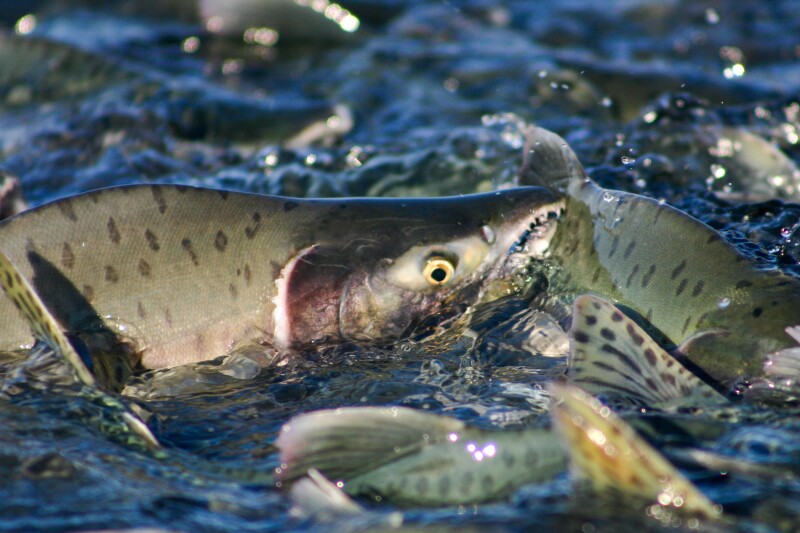The City of Homer recently sent a formal request to Alaska’s Governor, urging the state to declare a fishery disaster for the pink salmon season. The city council's request highlights the far-reaching economic impacts of the poor 2023 harvest, which has left commercial fishermen and their families struggling to recover from the financial shortfall. With many relying on pink salmon as a significant portion of their livelihood, Homer joins other Alaskan communities in calling for state and federal disaster relief to offset losses.
According to the Alaska Department of Fish and Game (ADF&G), pink salmon, also known as "humpies," are a critical part of the state’s commercial fishing industry. They are valued not only for their economic role but also for their ecological importance. These fish typically follow a two-year life cycle, returning to Alaskan rivers in odd-numbered years. However, variability in ocean conditions, freshwater survival, and rising temperatures have introduced uncertainty in population forecasts. In 2023, runs across the Gulf of Alaska underperformed, with fewer fish returning than predicted, leaving fishermen in financial jeopardy.
NOAA Fisheries and the ADF&G have been monitoring environmental conditions that affect salmon populations. Pink salmon are particularly sensitive to temperature changes during both their freshwater and early marine stages. Warmer waters can reduce survival rates despite increased growth, as documented in past NOAA research efforts. Additionally, the North Pacific experienced severe marine heatwaves from 2013 through 2019, disrupting food availability for young salmon and possibly contributing to the low runs observed this year.
Forecasting these pink salmon returns remains a challenge. NOAA scientists have integrated satellite temperature data and other environmental metrics to refine predictive models, but even with improved tools, surprises in salmon returns remain common. Recently cooler ocean temperatures had raised hopes for a better 2023 season, but the reality fell short of expectations, putting further strain on communities heavily reliant on fishing income.
This crisis isn't just about economics; it's about preserving the identity and sustainability of fishing communities across Alaska. The impacts ripple beyond the boats to local businesses, seafood processors, and families connected to the industry. With future salmon runs becoming more uncertain, there is growing pressure on state and federal authorities to provide disaster relief funds to mitigate losses and ensure these communities can adapt to changing environmental conditions.
In the meantime, management strategies must continue evolving. Agencies like ADF&G plan to continue to monitor in-season harvests and employ aerial escapement surveys to make real-time decisions about fishing closures or adjustments. Investments in research and hatchery programs may also play a crucial role in stabilizing future salmon populations.







